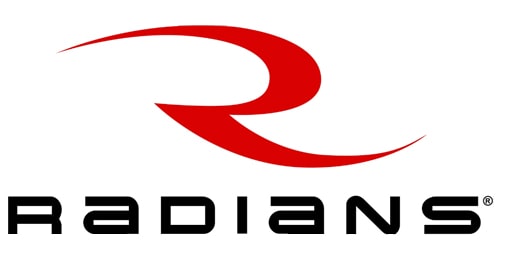Whether you're involved in road maintenance or simply working near a roadway, it's crucial to stay aware of the potential dangers you and your team may face. Roadside workers face…
Understanding Hi-Vis Moisture Wicking Shirts
Your Guide to Hi-Vis Moisture Wicking T-Shirts
Shopping for custom performance shirts? Seems simple enough, right? But, once you start shopping you might quickly realize your options are endless and you’re not totally sure what you even need anymore.
When it comes to Hi-Vis moisture wicking shirts there is a lot of technical terminology being thrown around that can complicate the process. Our goal is to help simplify the shopping process for you so you can find exactly what you need for your crew.
Hi Vis Moisture Wicking Shirts: Glossary of Terms
50/50 Blend – 50% cotton and 50% polyester fabric blend. This is sometimes referred to as “polycotton.”
ANSI Class 2 Clothing – This is clothing intended for working environments that require a greater risk. These standards are set in place by the American National Standards Institute. Typically recommended for slower moving traffic and construction sites.
ANSI Class 3 Clothing – When visibility is a major aspect of safety on the job, a Class 3 vest or shirt might be required. These standards are set in place by the American National Standards Institute. Typically recommended for faster moving highway traffic.
Breathability – This is a term describing the wicking of water or water vapor from one side of the fabric to another.
Cool-Dry – Wicking management that helps to move water away from the body and keeps the fabric lightweight and breathable.
High-visibility clothing – Also referred to as Hi-Vis, this is any clothing worn with highly reflective properties.
Moisture-Wicking – Moisture management fabrics that are designed to keep the wearer cool and dry by transporting sweat and moisture away from the body.
Ounces Per Square Yard – This is how the weight of the fabric is measured. This is the best way to compare fabrics between brands and when shopping online.
UPF Rating – This stands for Ultraviolet Protection Factor and lets the shopper know how much of the sun’s UV radiation is absorbed.
Hi Vis Moisture Wicking Shirts: The Pros and Cons
When it comes to choosing the right safety shirts for your employees, it all comes down to knowing the pros and cons of the fabrics you choose. When it comes to hi-vis moisture wicking shirts, there are a variety of useful applications for these shirts and it’s important to know what your employees need day-to-day to keep them safe.
Pros of Hi-Vis Moisture Wicking Shirts:
- Moisture wicking technology keeps you cool and dry
- Highly reflective strips ensure visibility in most working conditions
- These shirts can be easily customized with your logo
- ANSI and non-ANSI options available
- Available in safety t-shirts, sweatshirts, jackets, and vests
- A variety of fabrics make them ideal for summer, spring, winter or fall
Cons of Hi-Vis Moisture Wicking Shirts:
- Colors can quickly fade with numerous washes
- Fabric softeners can damage the reflective tape
- Costs can vary by brand
- Reflective tape can sometimes interfere with logo placement
When high visibility is required to keep your workers safe on-the-job, turn to the many options available at NationalSafetyGear. Our selection of hi-vis moisture wicking shirts is designed to cater to a wide variety of industries and needs. We offer a variety of brands, styles, sizes, and colors to cater specifically to what your employees need to stay safe and focused on the task at hand.




